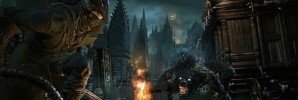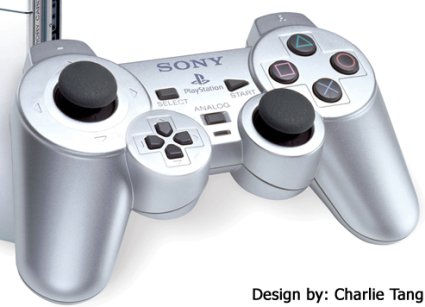The Final Fantasy Series: A Retrospective (Part 4)
The early 2000 weren’t a good time for Squaresoft: while still putting out great games, a couple of bad choices almost put them out of business. It’s widely known amongst fans how bad the “Square Pictures” branch was hurt by the lack of success of the CG movie “The Spirits Within”, (very) loosely based on some plot points of Final Fantasy VII. Square Pictures disbanded shortly after putting out this movie and “The Flight of the Ossiris”, a short film set in the Matrix universe, part of the Animatrix compilation. This event on its own was almost enough to make Squaresoft to go bankrupt, which at the time was considering fusing with Enix. Despite the hardships and Square’s rough economy, the merger with the creators of the Dragon Quest franchise finally happened, renaming the companies as a single entity called Square Enix.
[NOTE] : Click here if you missed Part I, covering Final Fantasy I, Final Fantasy II and Final Fantasy III.
[NOTE 2] : Click here if you missed Part II, covering Final Fantasy IV, Final Fantasy V and Final Fantasy VI.
[NOTE 3] : Click here if you missed Part III, covering Final Fantasy VII, Final Fantasy VIII and Final Fantasy IX.
Squaresoft’s last Final Fantasy games were Final Fantasy X and Final Fantasy XI, an MMORPG experiment with Final Fantasy vibes. As soon as the merger happened, things began to change, and the company broke some of its golden rules: some of the games started having prequels, sequels and expanded universes! Even Final Fantasy XII’s setting was built upon a previous release, Final Fantasy Tactics for the PSX, which was a first for the franchise. Basically, the fantasies weren’t final any more.
Despite these changes on the business side, things turned out well for Square Enix who thanks to the new features of the PlayStation 2 managed to produce some of the most expansive, diverse, varied worlds the franchise had yet to see. The character style went back to the proportions of FFVIII, beautifully enhanced by the new hardware. This time characters had faces, expression, voices, and the worlds seemed more alive than ever before.
Follow us while we cover the PS2 games at the PS3 Maven Final Fantasy Retrospective Part 4
Final Fantasy X
Final Fantasy X was one of the first titles on Sony’s (at the time) new console, the PlayStation 2. From the moment the game started, players knew they were gonna be in for something different, as they saw a group of people sitting at a campfire in the intro. They looked at each other, changed expressions over Nobuo Uematsu’s beautiful music, and finally spoke. Characters now had voices and faces, and the moment players realized they weren’t watching an FMV, but the actual game engine still remains as one of the most “damn” worthy moments in the history of the franchise.
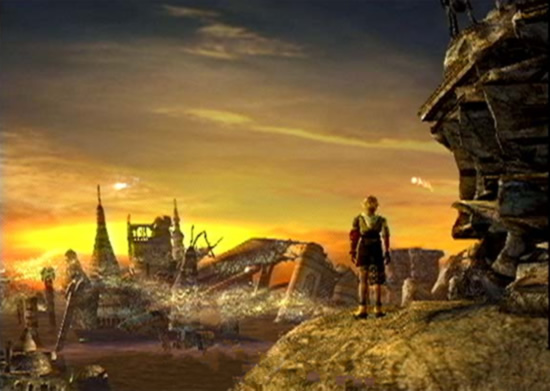
After the intro campfire scene, we were all expecting Wakka to pull out a guitar and sing Oasis' 'Wonderwall'.
The game’s main character is Tidus, a Blitzball player (a sport that sort of mixes of water-polo and american football) whose city is attacked by a huge monster called ‘Sin’. After getting saved by a friend of his father, he ends up in the middle of the sea where he gets rescued by a boat, and eventually reaches land. At Besaid Island, he meets Yuna, a summoner, and her group. They’re just starting a peregrination to acquire Aeons (summons get yet another name in this game) to face and defeat Sin, and all of her group is charged with protecting her. They tell Tidus that their final destination is a city called Zanarkand, which is coincidentally his very own homeland. Eventually, Tidus decides to tag along, which sounds good, except they mention that Zanarkand, where the final temple is located, was destroyed more than a thousand years ago. Oh, and also, it doesn’t matter if they defeat Sin or not, because it will eventually come back a couple of years later, at most. Pretty bleak, huh?
FFX builds up on a lot of ideas from the past like summons, romance stories or a bit of a political element, but has its own unique touch: the final enemy is Sin, this scary presence, always in the horizon. It’s a feral beast of destruction, so it doesn’t need a motivation, and the story gets to focus on the characters in the most adverse and desperate of situations. This ended up being one of the most unique settings of the franchise up to date.
The character system is damn great, and one of FFX’s strongest selling points. Each character gets AP to travel along the Sphere Grid, a board where they can activate nodes that give the character new skills or upgrade their stats. At the beginning, there’s not a lot of customization but as the player keeps traveling through the board, more diverse skills trees become available, and only by the end and through power-leveling, the player ends up with characters that are able to do anything on their own. The characters are reminiscent of ‘jobs’ of the past (Tidus is a Thief/Time mage, Yuna a Summoner/White Mage, Wakka a Ranger, Auron a Knight, Rikku a Thief/Chemist, Lulu a Black Mage and Kimahri a Dragoon/Blue Mage) and can be used at any moment of any battle, so players are not stuck with a party and get to try whatever they think is best at any point.
Final Fantasy X did a lot of things well, but screwed up a lot too, mainly in the voice acting department. It was a decent first attempt, but some voices definitely don’t fit. This entry was not as successful in the West as it was in Japan, where players usually name it as the second best after VII, but was still well received and praised. If players want to take on this game and are up for the challenge, make sure to get the International Version, where you’ll get to face the Dark Aeons and the nightmarish creature Penance, which makes Sin look like the sweetest baby. Be careful, though, for this will require lots of grinding, power-levelling and farming (we’re talking about a solid 80+ hours, here).
Final Fantasy XI
Final Fantasy XI was an oddity in a series where the oddities were the norm. The franchise had become well renowned for its complex, thrilling stories, and while some fans considered the series a modern classic, others were just discovering the games on the PS2, the best selling piece of hardware at the time. As the next logical step in this experimentation process, Square did something they hadn’t tried since Final Fantasy I to III: a game where the focus wasn’t on character development, but on the world itself. And knowing that the world had changed since the 80s, and that type of game was out of style, the logical update would be to bring the franchise to the realm of MMORPG’s. Final Fantasy XI followed the footsteps of games like World of Warcraf, or Ultima Online, and brought an experience on which users themselves were the core.
The game provides the player with classic Final Fantasy settings, jobs, and gameplay adapted for online gaming, and lets player interact and collaborate in quests and at taking down huge monsters that no one could take on his own. That’s right, as most MMORPG’s, Final Fantasy XI puts the player in control of a single character (custom made) as opposed to a party, in order to force players to interact with other players, form clans, and combine strengths. Players get to choose from (most) of the jobs of past entries and use two at a time (the second one capping its level at half of the primary one).
Again, this game has a huge realm and many races (elvaan/elves hadn’t appeared on any FF game since Final Fantasy I for example), and a nice setting, but obviously, what gets sacrificed in this process is the story. There’s not much going on, and going from one cutscene to other involves a lot of grinding, and quests, so usually even if the player is interested by the story, its the social aspect and gameplay what makes this entry stand out.
Final Fantasy, in order to get to the most possible players, came out for many platforms such as the PS2, PC, and Xbox 360, and received many updates and expansions throughout the years. The game was such a success that even now with Final Fantasy XIV, also an online experiment, already launched, is still going strong. This title, the most similar to Final Fantasy I in the whole franchise, was the last one in the series developed by Squaresoft which seems oddly… fitting. The fantasy had come full circle.
Final Fantasy X-2
After Squaresoft became one with Enix and adopted a more comprehensive business model, the dam broke and sequels for the fantasies (which were no longer ‘final’) started pouring left and right. Final Fantasy X-2 was the first one of those, and boy, did it do a number with the fans.
Pictured above are the three protagonists of FFX-2. That’s right, out of the original cast of 7, two return (Rikku and Yuna) along with newcomer Paine to resume the story a couple of years after it ended. In this second game we see the reconstruction of Spira and Yuna and his mates adapting to a new life. Once the threat of Sin is not there to take away all hope but unify the population with a common enemy, factions begin to emerge trying to become the main driving force for this reborn world. Yuna has become a ‘Sphere Hunter’, that is, a treasure hunter who collects ‘spheres’ left from the past, and sells them for a high price. These spheres are found throughout the original game and unlocked Auron’s limit breaks while provided some flashbacks from the past, but here are at the center of the action, as Yuna finds one with a guy that looks exactly like Tidus. As she tries to find out more about this mysterious person, the player travels around the world seeing the reconstruction taking place.
Gameplay wise, the game makes a return to the job system of V mixed with the battle system of X. Characters get to change their ‘outfits’ (in a very Sailor Moon fashion) and, thus, their skills mid battle, so there’s a lot of variety. Problem is, the game doesn’t really have a lot of battles, and is more of a mini-game collection with characters talking and a couple battles here and there. Sure, as opposed to XI, this one has a more solid story, but gameplay wise, it’s entirely a different thing. The game seems for the most part centered on Yuna and the girls running around playing cards, performing massages and exploring a couple of new screens that weren’t on X every once in a while. If you already care for the original characters, it’s interesting to see what has become of their lives. If not, the game is tedious, slow, and just fanservice where girls can play with the characters as if they were dolls while males get to enjoy the skin shown on transformations and mild lesbic implications. Meh.
The game has its ups and down, its fans and detractors, but what matters the most is how it changed the way people perceived Final Fantasy games. The games were no longer stand-alone titles, they had now prequels and sequels, and above all, Square Enix didn’t have a problem changing the entire mood of the original game, providing instead of a continuation, a product, a service for some of the fans who just wanted more, yet not really making anything new or too elaborate.
Final Fantasy XII
Square Enix got back on track with Final Fantasy XII (yes, X-2 is not XII, just a sequel to X), a game set on a world players had already seen in Final Fantasy Tactics, Final Fantasy Tactics Advance and Vagrant Story. This game, the last Final Fantasy game on PS2, marked the first entry of the Ivalice lore in the main series, and the story was more about political intrigue instead of a character story. The world was completely developed in 3D, and the player could control the camera at all times (except in cutscenes). There were some improvements like the fact that random battles simply ceased to exist, and instead players could see the enemies on the world map and decide to either avoid or engage them.
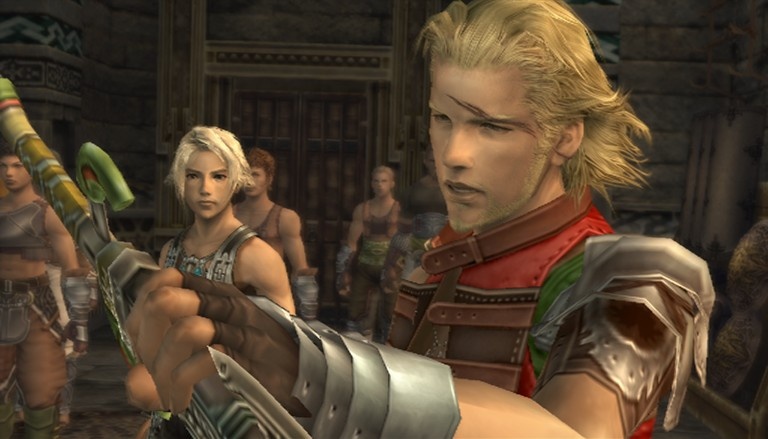
One of the big mysteries of FFXII is why do we have to control Vaan if Basch, Balthier and Ashe are available?
On gameplay terms, Final Fantasy XII plays similar to an offline MMORPG. You have a main story you can follow, the game has a beginning and an end, but at any point, the player can deviate, take a wrong turn and go somewhere else, where monsters are several levels higher and could slaughter the player in a couple turns. Furthermore, there are several sidequests throughout the game, hunting missions, where the player can take on monsters that would be way beyond his level at that point in the story. For battle, action is centered on one of the characters in a party of three, and players get to set ‘gambits’ so the characters perform certain pre-determined actions, arranged by order of priority (example, one character has healing as a priority, but attacks otherwise, while other character attacks all the time while casting offensive magic if there’s an opening).
The story is about Sky Pirates, political conspiracies, and a young queen who has lost his husband in an invasion, all of them trying to set the kingdom back on track, but that’s an excuse to set the player free in the biggest Final Fantasy to date in a land that pretty much has no limits. Almost everything is available from the start, as long as the player can endure the hordes of enemies stronger than him. Make no mistake, the game is fair, but if the player is up for challenges, there are endless paths and ways to get to the same place, some harder than others, all of them rewarding in their own way, either because of the story, or because of the trip and the challenge itself.
The game is packed with so much content that players could easily exceed the 100 hours mark of gameplay if they were interested in taking on optional bosses like Omega, Gilgamesh, or the beast Yiazmat, with over 50 million (yes) HP points, and some truly insane attacks. Final Fantasy XII has a really marked style, fantastic visuals, and a gigantic world, open for the players to traverse. Its flaws in the storyline department (a bit slow and confusing) are more than forgivable once players see the open spaces, fantastic landscapes and thrilling land open for them to explore.
If you’ve missed previous entries of the PS3 Maven Final Fantasy Retrospective, click here for Part 1, Part 2, and Part 3.

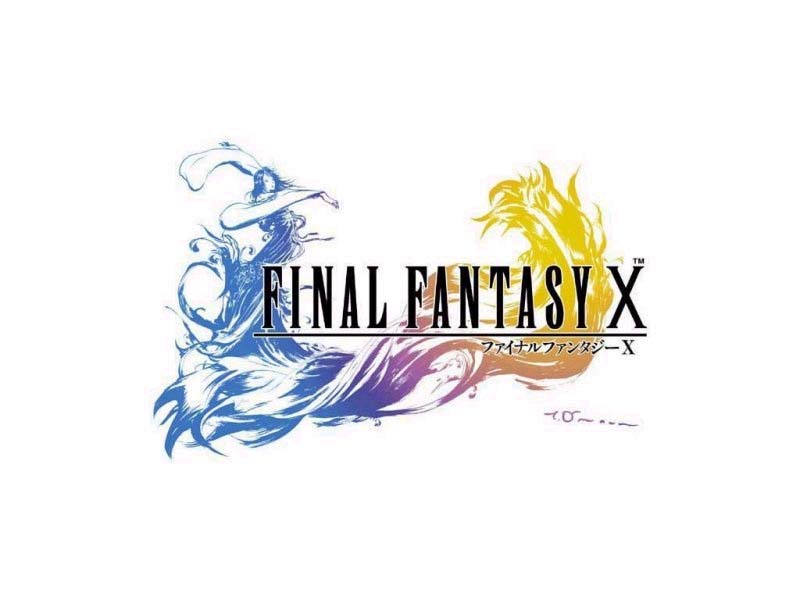
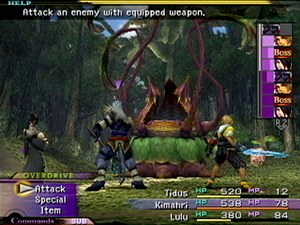
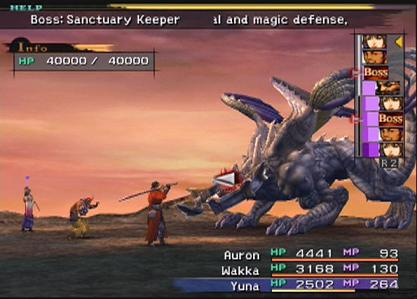
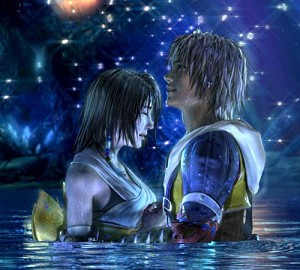
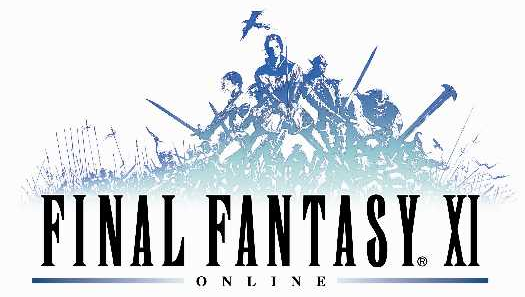
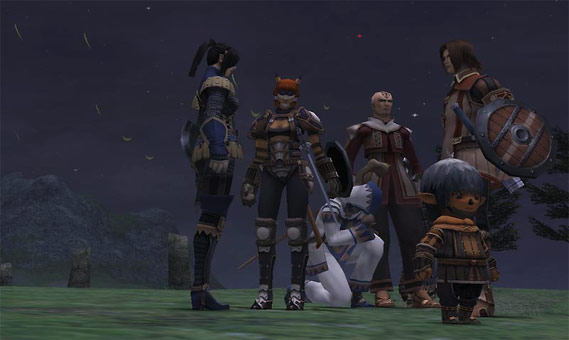
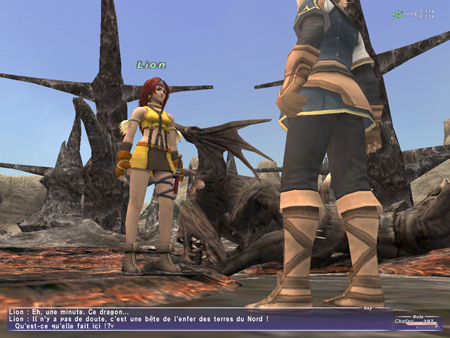
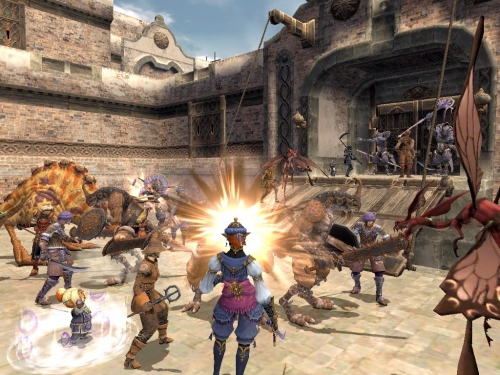
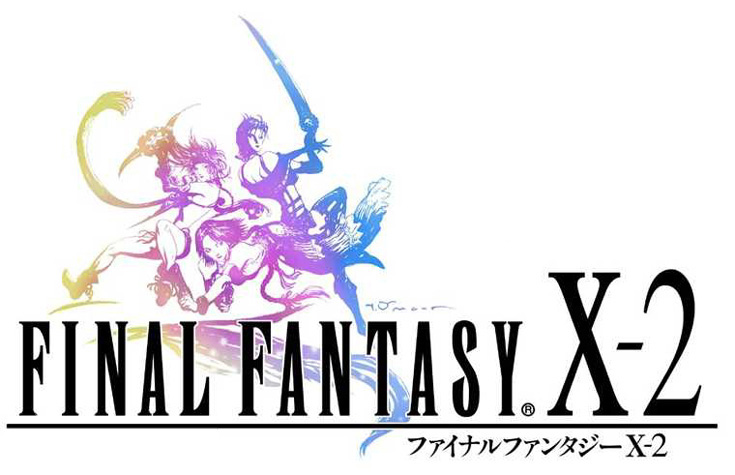
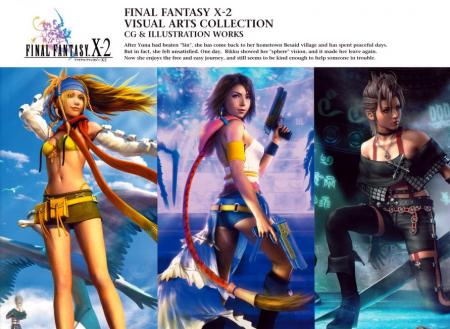
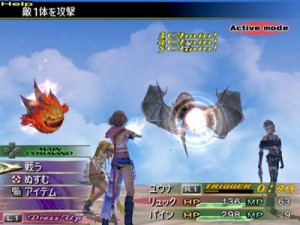
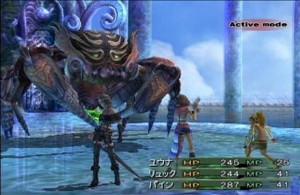
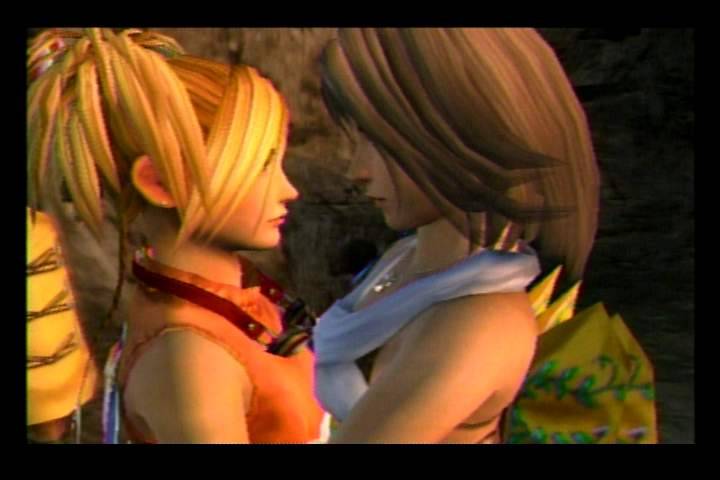
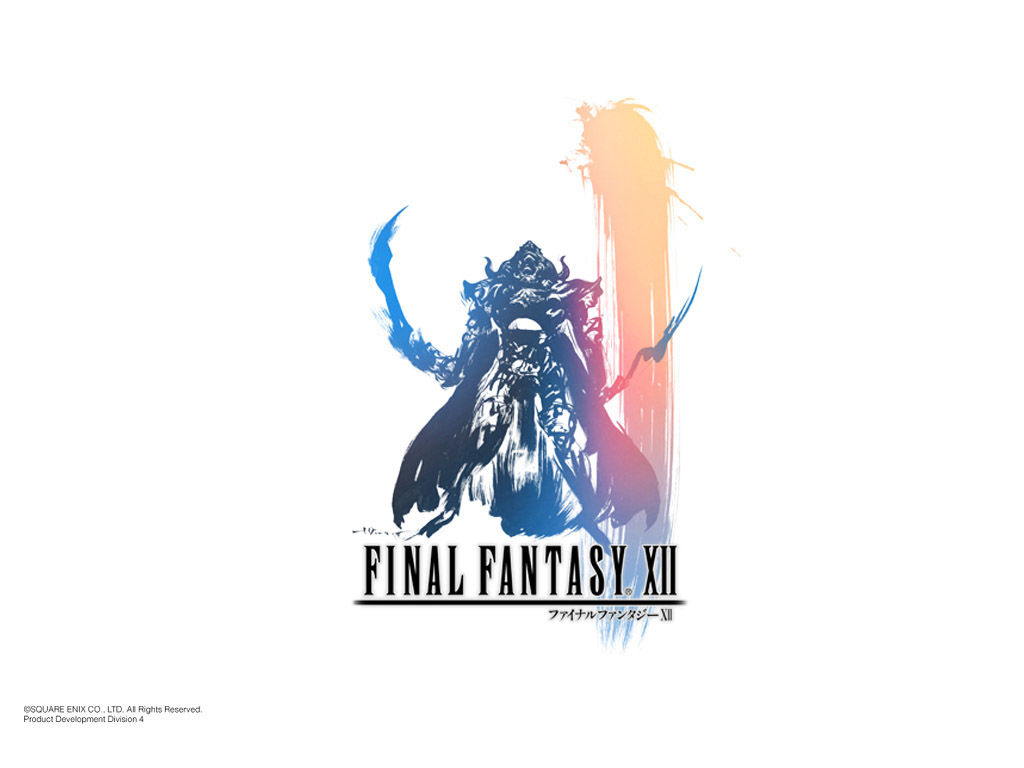
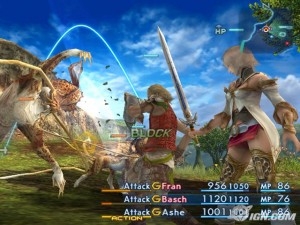
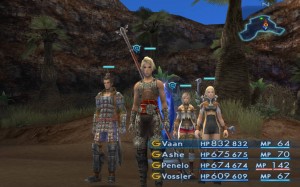
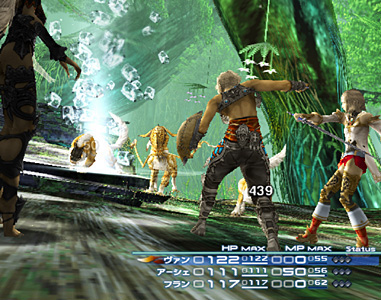
 Black Ops 3 Limited Edition Bundle DEAL
Black Ops 3 Limited Edition Bundle DEAL

